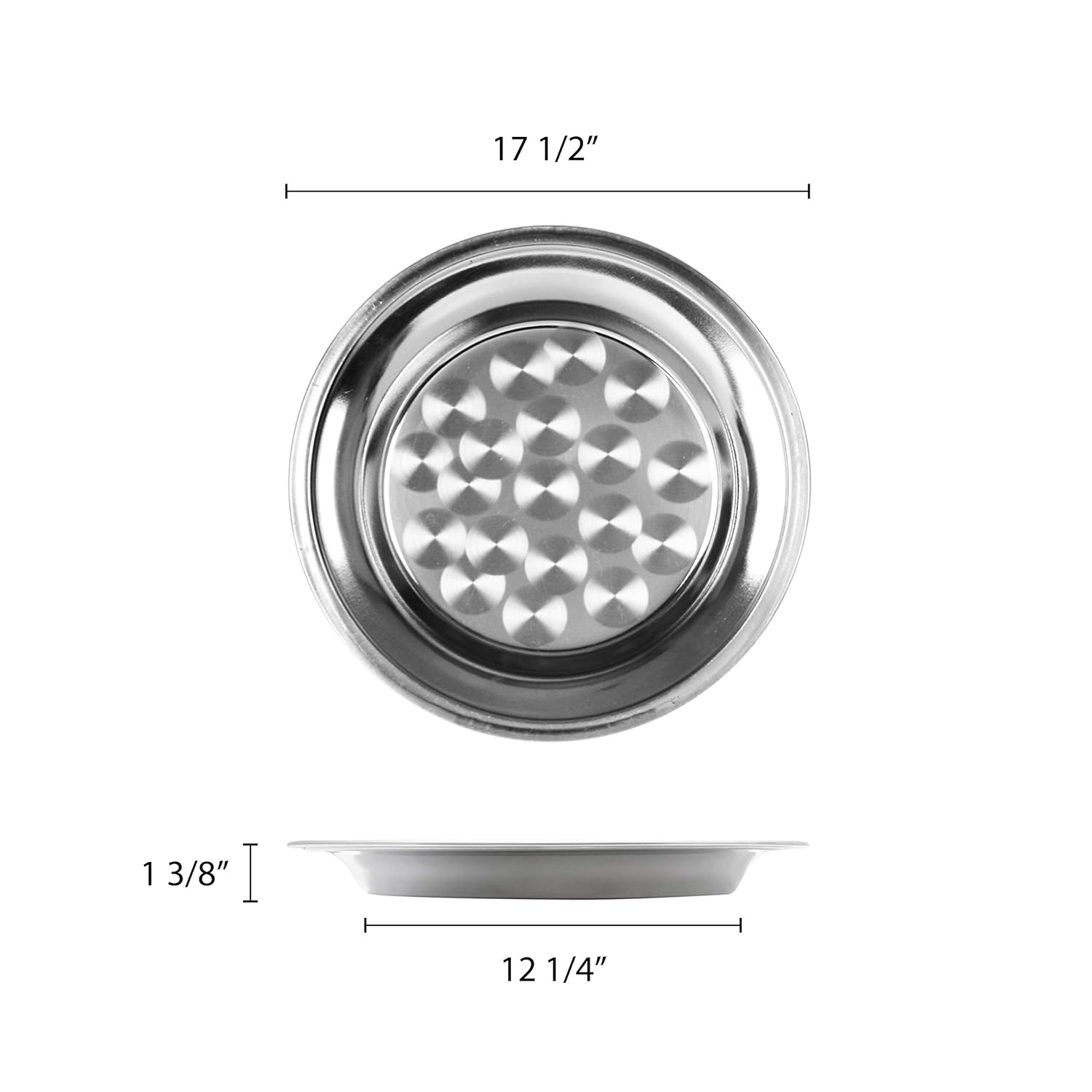Franktalk
Well-Known Member
- Joined
- Jan 19, 2019
- Messages
- 640
- Reaction score
- 483
How about this stuff? You can cut it to size.
https://www.usplastic.com/catalog/i...MIu8ewjfn53wIViorICh36OgC-EAQYBCABEgJpAPD_BwE
https://www.usplastic.com/catalog/i...MIu8ewjfn53wIViorICh36OgC-EAQYBCABEgJpAPD_BwE















![Craft A Brew - Safale S-04 Dry Yeast - Fermentis - English Ale Dry Yeast - For English and American Ales and Hard Apple Ciders - Ingredients for Home Brewing - Beer Making Supplies - [1 Pack]](https://m.media-amazon.com/images/I/41fVGNh6JfL._SL500_.jpg)










































